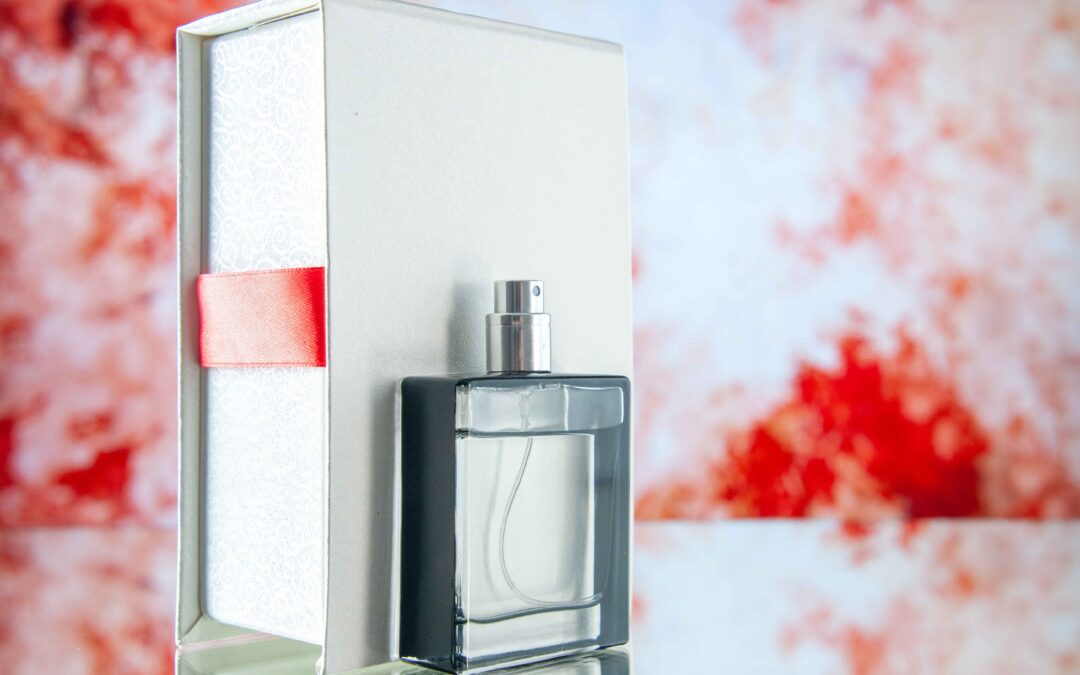Creating a beautiful outdoor space while ensuring that bees will avoid it can be a challenge. Bees are naturally attracted to flowers, water sources, and certain materials, which can make them frequent visitors to gardens and patios. While bees are essential for pollination and the environment, there are valid reasons homeowners may want to deter them—especially those with allergies, small children, or frequent outdoor gatherings. Fortunately, there are ways to design an outdoor space that minimizes bee activity without harming these beneficial insects. In this guide, we’ll explore strategic landscaping, plant choices, and environmental modifications to create a bee-free outdoor environment.
Understanding What Attracts Bees
Before designing an outdoor area that bees will avoid, it’s essential to understand what attracts them in the first place. Bees are drawn to:
-
Brightly Colored Flowers – Bees prefer vibrant colors like yellow, blue, and purple.
-
Fragrant Plants – Floral scents can act as a magnet for bees.
-
Standing Water – Puddles, fountains, and birdbaths provide hydration for bees.
-
Food Sources – Leftover food, sugary drinks, and fruit scraps attract foraging bees.
-
Wooden and Dark Surfaces – Some bees, like carpenter bees, prefer nesting in untreated wood.
By eliminating or modifying these attractants, you can significantly reduce bee presence in your outdoor space.
Choosing Plants That Bees Will Avoid
The best way to design an outdoor space that bees will avoid is by selecting plants that naturally repel them. Some plants have strong scents that bees dislike, making them excellent choices for gardens, patios, and seating areas. Consider incorporating the following:
Bee-Repelling Plants
-
Mint – Strong aromatic herbs like peppermint and spearmint deter bees.
-
Eucalyptus – The potent scent of eucalyptus keeps bees at bay.
-
Wormwood – Its bitter smell makes it unappealing to bees.
-
Marigolds – These flowers deter bees while adding color to your landscape.
-
Citronella – Best known for repelling mosquitoes, citronella also discourages bees.
-
Cucumber Plants – The acidity in cucumber peels naturally repels bees.
Avoiding Bee-Friendly Plants
Steer clear of flowers that attract bees, such as lavender, sunflowers, honeysuckle, and clover. Instead, opt for foliage-based plants, ferns, or ornamental grasses that do not produce nectar or pollen.
Hardscaping Elements That Keep Bees Away
Another effective way to design an area that bees will avoid is by incorporating hardscaping elements. Hardscaping refers to non-plant features like patios, decks, and decorative structures. Since bees are primarily attracted to floral environments, increasing hardscaping elements can help minimize their presence.
Best Hardscaping Choices
-
Stone or Gravel Paths – These materials discourage bees since they lack floral attraction.
-
Paved Patios – Opt for concrete, tiles, or composite decking to eliminate wooden nesting spots.
-
Water Features with Moving Water – Instead of stagnant ponds, install fountains or waterfalls, as bees prefer still water sources.
-
Enclosed Seating Areas – Use screened gazebos or pergolas with mesh to create a bee-free lounging area.
By focusing on hardscaping and reducing floral elements, you create an outdoor space that is both stylish and uninviting to bees.
Proper Waste Management to Deter Bees
One of the most overlooked factors in creating a space that bees will avoid is proper waste management. Bees are highly attracted to food scraps, especially sugary or fermented items. If your outdoor area has open trash bins, leftover food, or uncovered compost, bees will flock to these areas.
How to Reduce Bee Attraction
-
Use Sealed Trash Bins – Always keep lids closed to prevent access to food waste.
-
Rinse Recycling Containers – Clean soda cans, juice bottles, and other sugary waste.
-
Remove Overripe Fruit – If you have fruit-bearing plants, pick up fallen fruit promptly.
-
Avoid Sugary Drinks Outdoors – Keep sodas and sweet beverages covered to prevent bees from detecting them.
By maintaining a clean and organized space, you significantly reduce the chances of attracting unwanted bees.
Safe and Effective Ways to Redirect Bees
While designing an environment that bees will avoid is essential, it’s also important to consider ethical ways to redirect them. Instead of harming bees, provide alternative spaces where they can thrive without interfering with your outdoor activities.
Creating a Bee-Friendly Zone Away from Living Areas
-
Designate a Wildflower Patch – If space allows, plant nectar-rich flowers far from your seating area.
-
Install a Bee Watering Station – Placing a shallow water source in an unused area can keep bees away from your patio or garden.
-
Use Decoy Plants – Grow attractive plants like lavender and daisies away from your main outdoor space to divert bees.
These methods ensure that bees contribute to pollination without becoming a nuisance in your relaxation areas.
When to Consider Professional Bee Removal
If you have an ongoing bee infestation, natural deterrents may not be enough. In some cases, professional help is necessary to safely relocate or remove bee colonies from your property. This is especially true if bees have built nests in walls, attics, or underground areas near your home.
For residents facing persistent bee problems, seeking a bee removal service in Camp Pendleton, CA can provide a humane and effective solution. Experts can assess your property, remove existing colonies, and implement preventive measures to ensure bees do not return.
Additional Tips for a Bee-Free Outdoor Space
To enhance the effectiveness of your bee-deterrent design, follow these additional tips:
-
Paint Wood Surfaces – Carpenter bees prefer untreated wood, so painting or sealing decks and fences can prevent nesting.
-
Use Unscented Sunscreen and Lotions – Bees are attracted to floral-scented body products, so opt for fragrance-free alternatives.
-
Light Citronella Candles – These not only repel mosquitoes but also help keep bees away from dining areas.
-
Avoid Wearing Bright Colors – Stick to neutral-colored outdoor furniture and clothing to reduce bee attraction.
-
Keep Outdoor Dining Areas Covered – Use umbrellas, netting, or canopies to minimize bee interference during meals.
By incorporating these strategies, you can enjoy a peaceful and bee-free outdoor experience without resorting to harmful measures.
Conclusion
Designing an outdoor space that bees will avoid requires careful planning and strategic choices in landscaping, hardscaping, and environmental modifications. By selecting bee-repelling plants, reducing floral attractants, improving waste management, and incorporating hardscaping elements, you can create a beautiful yet uninviting space for bees. If bee problems persist, professional removal services may be necessary to ensure a long-term solution. With these methods, you can enjoy the outdoors comfortably and without unwanted buzzing guests.







0 Comments